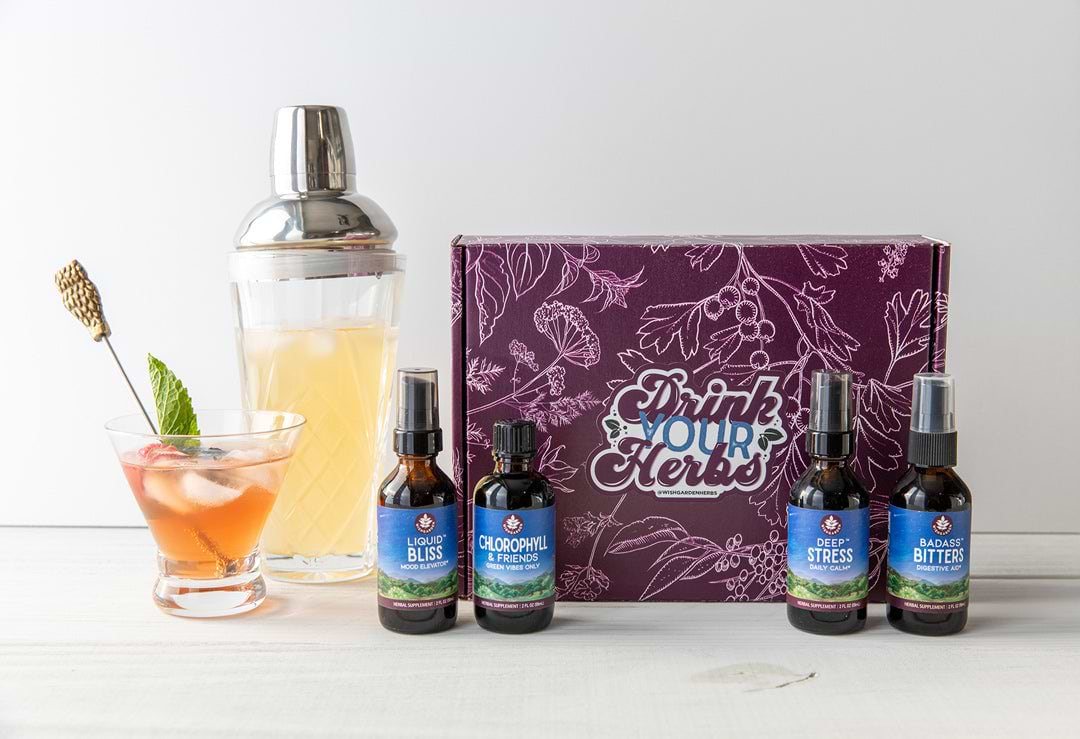
Myrrh Benefits: An Ancient Remedy with Modern Uses
Meet Myrrh, the resin with a history as rich as its aroma. Sourced from the Commiphora tree, this ancient gem has been a sacred symbol of healing and transformation for millennia. Revered in both s...







